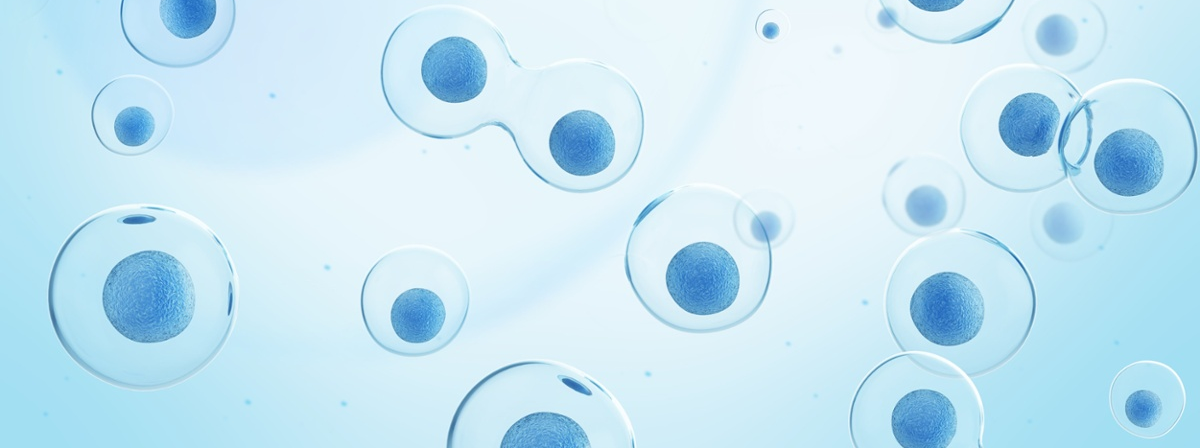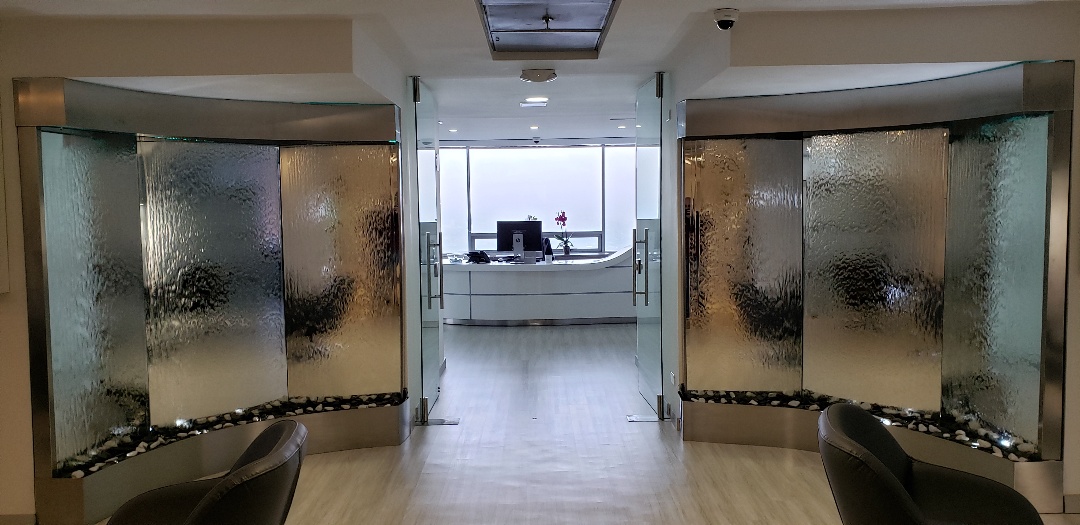To understand why stem cells are used to treat diseases and different medical conditions, You must first understand what Regenerative Medicine is.
Regenerative medicine is a vanguard branch of medicine, which emerges through interdisciplinary research integrating various areas such as cell biology, tissue engineering, gene therapy, cell therapy, cell immunotherapy, 3D bioprinting, therapy with exosomes, among others, according to the International Society for Stem Cell Research (ISSCR, for its acronym in English).
Regenerative medicine is based on the repair, replacement, or regeneration of cells, tissues, and/or organs by stimulating and enhancing the self-healing capabilities of the human body. Its fundamental principle is to restore the functionality of the tissues.
BioXcellerator Colombia is a pioneer institution in the application of cellular therapies that meets the highest standards of quality, human resources, commitment, and cutting-edge technologies under the medical direction of Dr. Karolynn Halpert.

The human body is made up of hundreds of different types of cells that fulfill specific functions and that are responsible for keeping our body functioning every day. Among these are the stem cells, which are the suppliers of all the new cells that are responsible for the regeneration of tissues, thus maintaining the healthy body.
They are cells that have the ability to divide and differentiate into various types of specialized cells, which makes them a vital element for medical research and treatment.
Stem cells are the providers of new cells. When these are divided, they can make more of themselves or more of other types of cells. For example, they can form more skin stem cells or can form differentiated skin cells that have specific jobs such as producing the melanin pigment.
Stem cells can be obtained from various tissues such as fatty tissue, bone marrow, umbilical cord cells, umbilical cord blood, dental pulp, among others. In cell therapy, these stem cells are expanded and cultured in the Cell Bank of BioXcellerator, obtaining a higher cellular number of high qualities, to be subsequently reintroduced into the individual through different routes, depending on the patient's medical condition.
Cells derived from adipose tissue, bone marrow, and umbilical cord have unique advantages such as ease to obtain, absence of risk of immune rejection, immediate availability, minimal risk of complications, infections and disability.
Stem cells act through the secretion of bioactive molecules. Dr. Arnold Caplan, the pioneer in the research of mesenchymal stem cells and adjudicator of his name MSC, proposed to rename these cells as medicinal signaling cells or Medicinal Signaling Cells (MSC) for its acronym in English, because the most important function of these cells they are the factors that they secrete.
According to their origin:
According to the patient:
According to their potential:
Types of stem cells most used
It is a process by which new cells are introduced to the body to treat a disease. Cell therapy involves a wide variety of cell types with regenerative, reparative, protective, or immunoregulatory characteristics, among which are the so-called stem cells or Stem Cells.
Unlike many traditional treatments, some of the high cost, with side effects, which are not directed to the causes but to the symptoms, cell therapy has had very promising and even potentially curable answers. Other countries around the world are already using cell therapy with effective results and research is increasingly hopeful and accurate, however, few clinics have legally approved therapies.
The most commonly used stem cells are the mesenchymal stem cells of Wharton's gelatin from the umbilical cord, bone marrow or stromal, and adipose tissue. For the type of condition or disease to be treated, the medical team should have a broad knowledge of the patient's condition, treatment alternatives and evidence that the steps to follow can offer a successful outcome.
In a natural way, our body has the capacity to repair injuries that diminish as we get older. The quantity and quality of MSC that we all have also decrease with time.
The treatment with MSC consists of supplying the patient with as many cells as possible, thus increasing the body's capacity to protect, replace or regenerate damaged or diseased cells.
The treatment with MSC is a process that demands advanced technical and technological capacities, and a professional team highly specialized in cellular therapy. Before cell therapy, the BioXcellerator team performs the following procedures to have the cells ready at all times for our patients:
At the time of cell therapy the following steps are followed:
How are therapies with stem cells enhanced?
The majority of therapies in BioXcellerator are complemented with BioXgel (concentration of growth factors) which are responsible for providing nutrients to the cells used and accelerating the natural process of repair, desinflammation and regeneration of tissues.
Bioxgel is obtained from a small amount of blood from the same patient, which is processed with high-quality standards which allow having a concentration of these factors.
To qualify as suitable, certain factors must be evaluated such as the physiological condition of the patient, the current state of his illness. Our scientific medical committee is the one who decides whether a patient can or cannot receive treatment. We will not offer the treatment if we believe that there is potential danger no matter how insignificant, or if it is considered that the therapy will not provide any benefit.
"The treatments with stem cells are specific for each patient. The same treatment can have different results among them," says Karolynn Halpert, medical director of BioXcellerator.
Another exclusion criterion is patients with cancer or with a high risk of cancer. In turn, stem cells are not used in pregnant women.

BioXcellerator is a company interested in the health of people, therefore, based on positive experiences and innovation with cell therapy, offers regenerative medical therapies to treat various autoimmune, musculoskeletal, neurodegenerative diseases, among others, and so on. bring well-being to your patients.
Headquartered in Phoenix, Arizona and clinic in Medellín, Colombia, BioXcellerator is an organization that permanently ventures into the field of regenerative medicine and documents its success stories to contribute to the solution of various diseases.
BioXcellerator in Colombia, under the direction of Dr. Halpert, is a pioneer institution in the application of stem cells, which has approved therapies and with the highest standards of quality, human resources, commitment and state-of-the-art technologies.
BioXcellerator has worked with the top researchers, scientists, inventors, and doctors to refine a line of products and services that will re-envision not only the stem cell industry but health care as a whole. The way in which cells are harvested to the actual treatments. The pre-and post-procedure treatments, and even the instruments and supplies practitioners use to harvest, and process stem cells have all been reinvented.
Our scientific and medical advisory team are tops in their fields. To learn more about the people behind BioXcellerator, visit our team page.
Our state of the art clinic and new cryo-lab offer a unique ability to do advance stem cell therapies and bank for the future.
